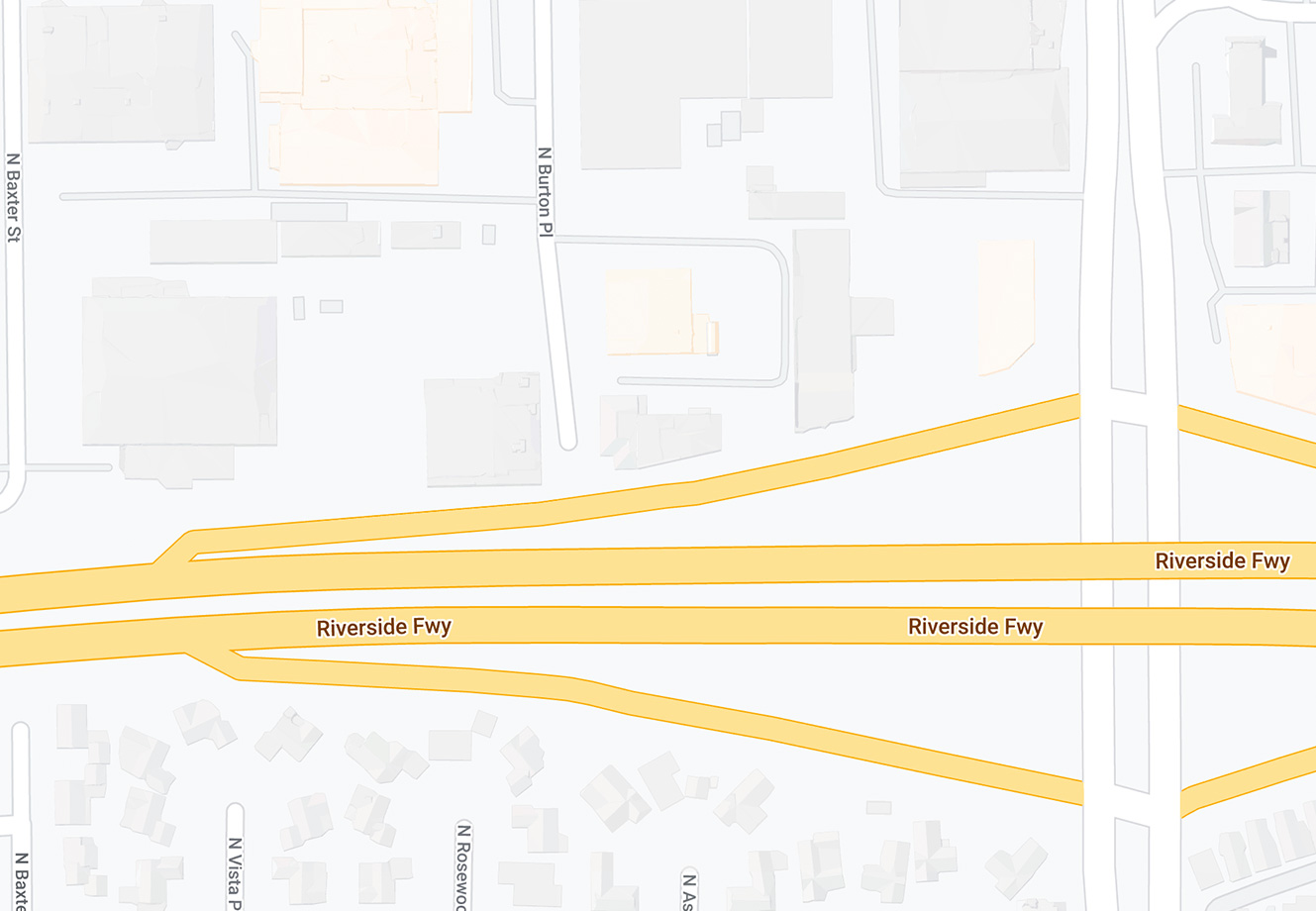Heatstroke in Pets: Prevention and Emergency Response

Warm, sunny days are the perfect excuse to spend more time outdoors with your pets. From long walks in the park to backyard playtime, pets love to join their families in enjoying the summer weather. But as temperatures rise, so does the risk of one of the most dangerous and often underestimated pet emergencies: heatstroke.
Unlike humans, pets have limited ways to cool themselves down. They don’t sweat through their skin like we do. Dogs primarily regulate heat by panting and, to a lesser extent, sweating through their paw pads. Cats, while more efficient at hiding discomfort, are also vulnerable to overheating. When these cooling methods fail in the face of high heat or humidity, pets can experience a sudden and severe increase in body temperature—a condition known as heatstroke.
Understanding how heatstroke occurs, how to prevent it, and how to act fast if it happens can save your pet’s life. And when time is of the essence, knowing where to go for help—like CASE Hospital in Anaheim, CA—can make all the difference.
What Exactly Is Heatstroke in Pets?
Heatstroke occurs when a pet’s internal body temperature rises dangerously high and they can no longer cool themselves effectively. While a healthy body temperature for dogs and cats ranges between 100°F to 102.5°F (38°C to 39.2°C), heatstroke typically begins when temperatures exceed 103°F (39.4°C). If it climbs above 106°F (41°C), pets are in immediate danger of organ failure, brain damage, or death.
Some animals are more susceptible than others. Flat-faced dog breeds like Bulldogs, Boxers, and Pugs have a harder time panting efficiently. Long-haired or thick-coated pets retain more heat. Puppies and kittens, overweight pets, and those with preexisting conditions also face greater risk.
One of the most heartbreaking causes of heatstroke is being left in a parked car. Even on a mild day, the temperature inside a vehicle can soar to over 100°F in just minutes. Cracking a window doesn’t help—and in many cases, this single oversight turns fatal.
How to Recognize the Warning Signs
One of the most important things a pet owner can do is to recognize the early symptoms of heatstroke. It often begins subtly: your dog might start panting more than usual or seem unusually lethargic after a walk. A cat may retreat to a corner, breathing rapidly or appearing disoriented.
As heatstroke progresses, symptoms can become more severe. Pets may drool excessively, appear weak or wobbly, or collapse altogether. Their gums may appear bright red, pale, or bluish. Vomiting and diarrhea can also occur—sometimes with blood. In extreme cases, pets may have seizures or lose consciousness.
If you see any of these signs, don’t wait. Heatstroke is a medical emergency, and delaying care can be fatal. Even if your pet seems to recover, the internal damage from overheating can continue to progress.
What to Do in an Emergency
If your pet is showing signs of heatstroke, your first priority is to remove them from the heat immediately. Move them into an air-conditioned building or a shaded, well-ventilated area. Offer them cool—but not ice-cold—water to drink. Never force them to drink, but allow access if they’re alert.
Begin cooling them gently by wetting a towel with cool water and applying it to their paws, ears, and underside. Do not use ice or submerge them in cold water, as this can constrict blood vessels and make it harder for the body to release heat.
At the same time, contact an emergency veterinary facility right away. While initial cooling at home is important, professional veterinary care is essential to assess and treat any internal complications. If you’re in Southern California, CASE Hospital in Anaheim, CA is equipped to provide immediate, life-saving treatment for heatstroke and other pet emergencies.
Preventing Heatstroke Before It Happens
Preventing heatstroke is far easier than treating it. The first and most important rule: never leave your pet in a parked car, no matter how quick you think your errand will be. Temperatures can climb to deadly levels within minutes—even if it doesn’t feel hot outside.
During warmer weather, keep outdoor time limited and focused around the cooler parts of the day—typically early morning or evening. Provide plenty of fresh, cool water and access to shade if your pet spends time outside. On particularly hot days, it’s safest to keep them indoors where air conditioning or fans can help regulate their body temperature.
If you enjoy walking or hiking with your dog, avoid pavement or sand during peak heat, as it can burn paws and accelerate overheating. Pay close attention to how your pet is responding—panting, slowing down, or seeming distracted could be their way of telling you they’re too hot.
And don’t forget—some pets are simply not cut out for hot weather. Flat-faced breeds, pets with thick fur, and those with underlying conditions need extra care and shorter exposure times when temperatures climb.
Why Fast, Expert Help Matters
Heatstroke isn’t something you can wait out. By the time your pet is showing symptoms, internal damage may already be occurring. Prompt action and professional veterinary support are the keys to improving your pet’s outcome.
At CASE Hospital in Anaheim, our emergency and critical care team is available 24/7, 365 days a year. We’re fully equipped to handle pet emergencies of all kinds, including heatstroke. From rapid triage and intensive care to compassionate support for pet parents, our team is committed to delivering the highest level of care when your pet needs it most.

